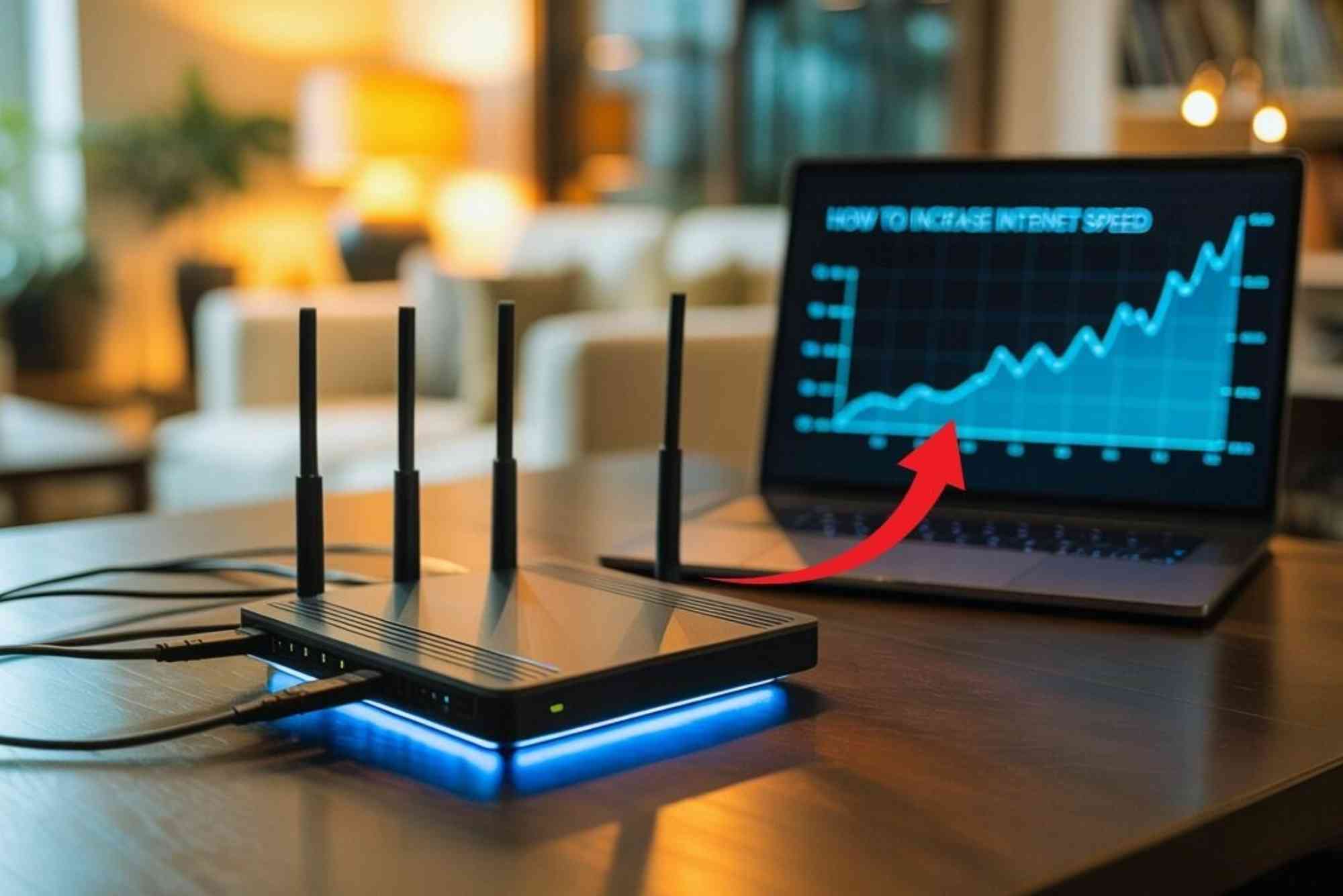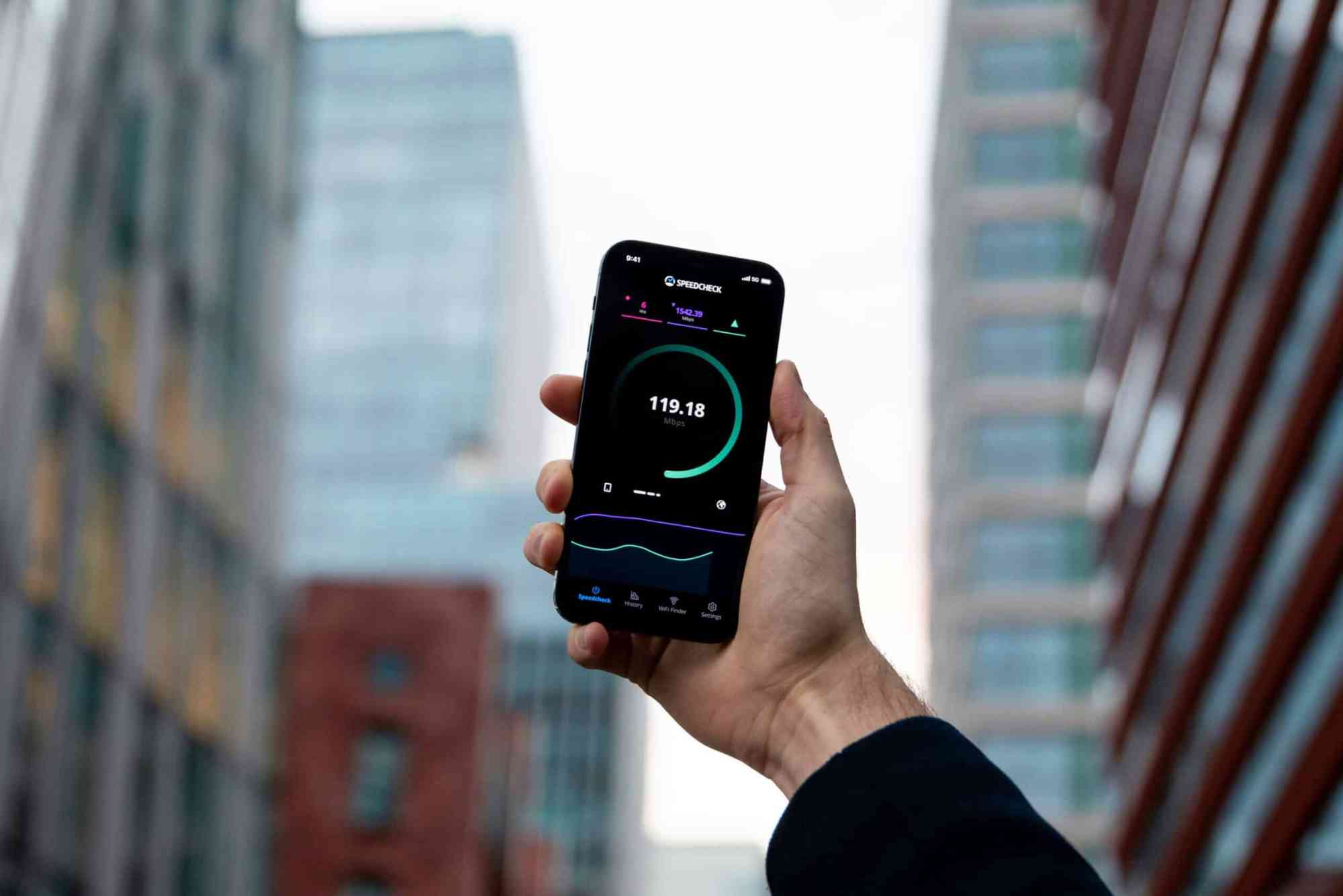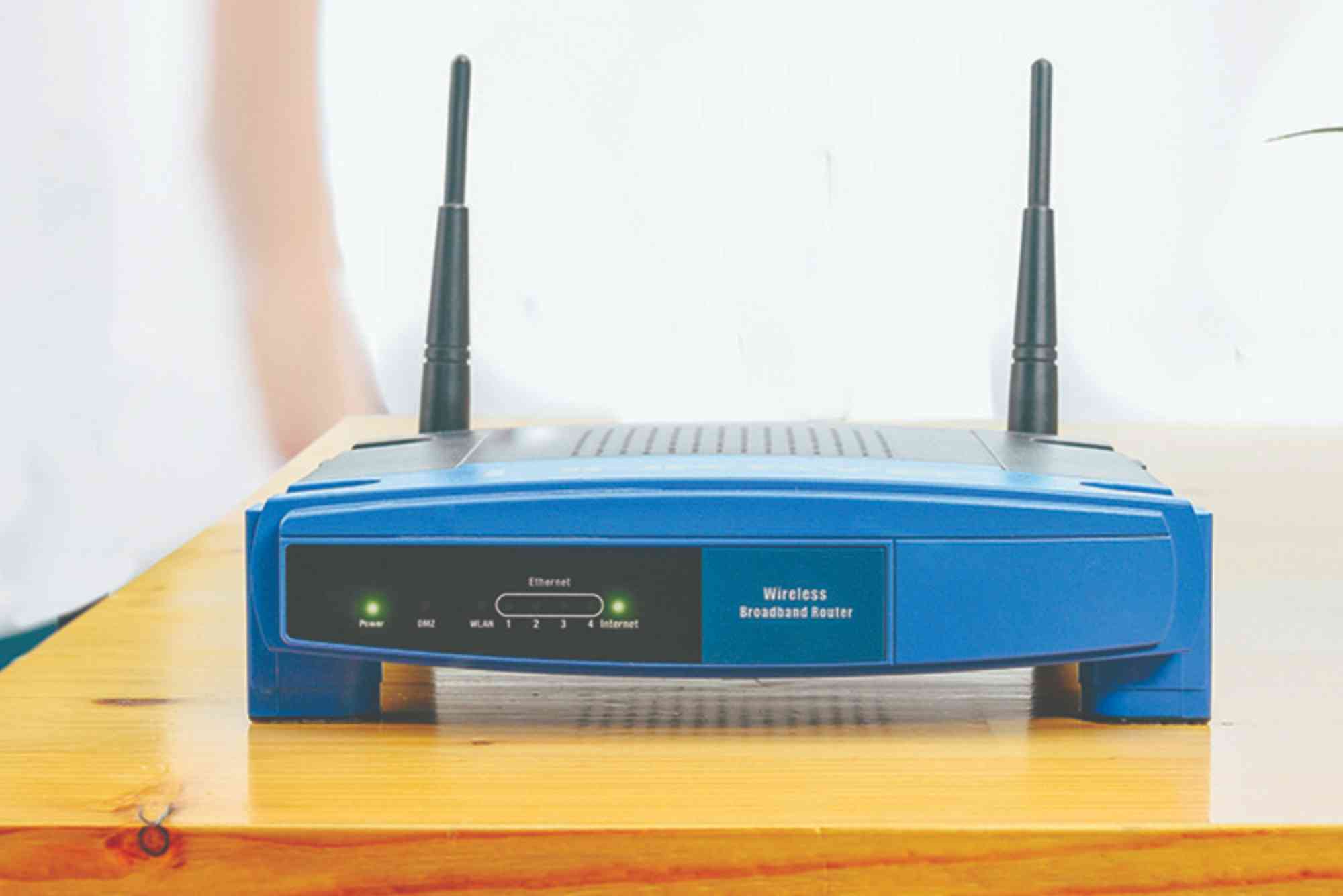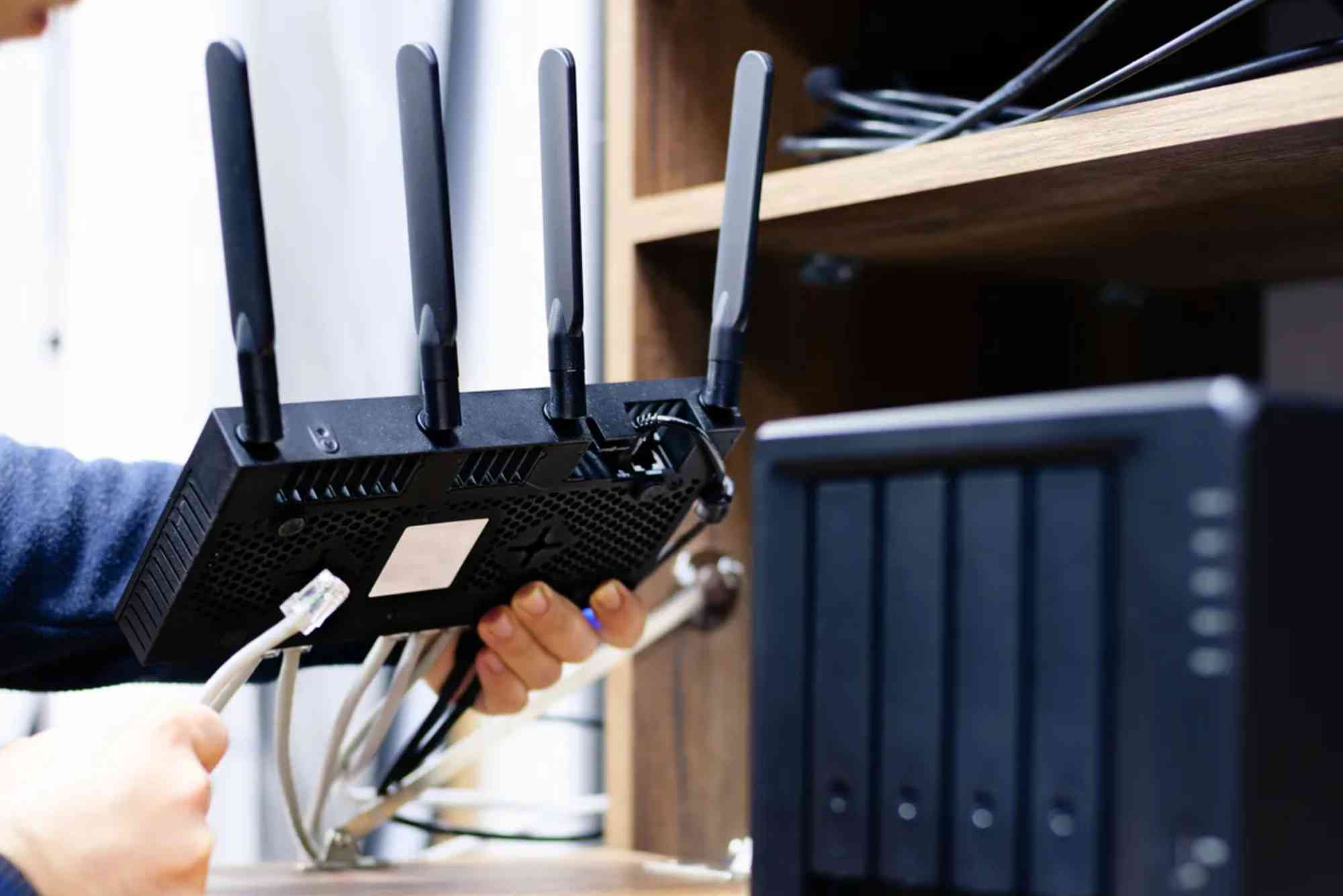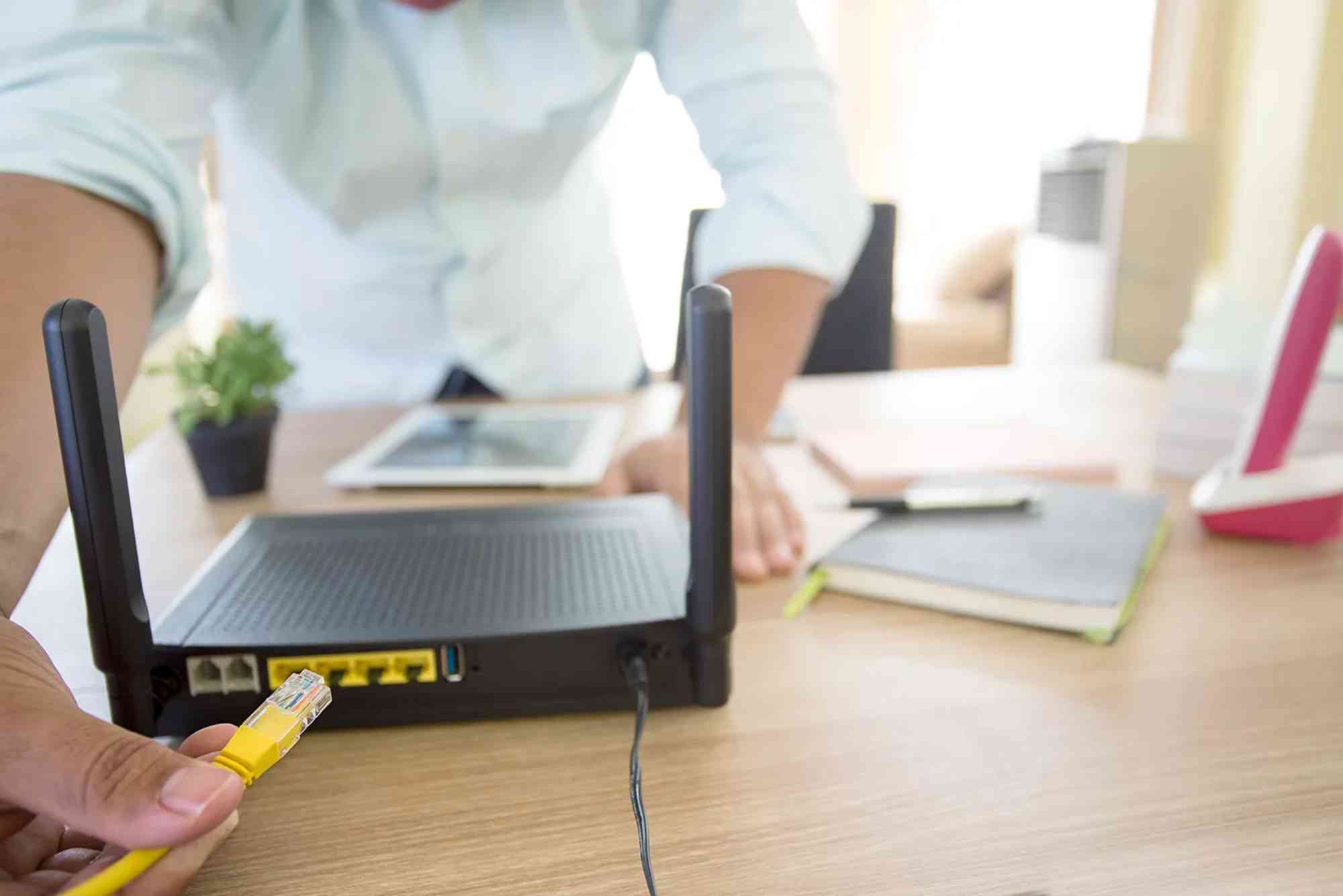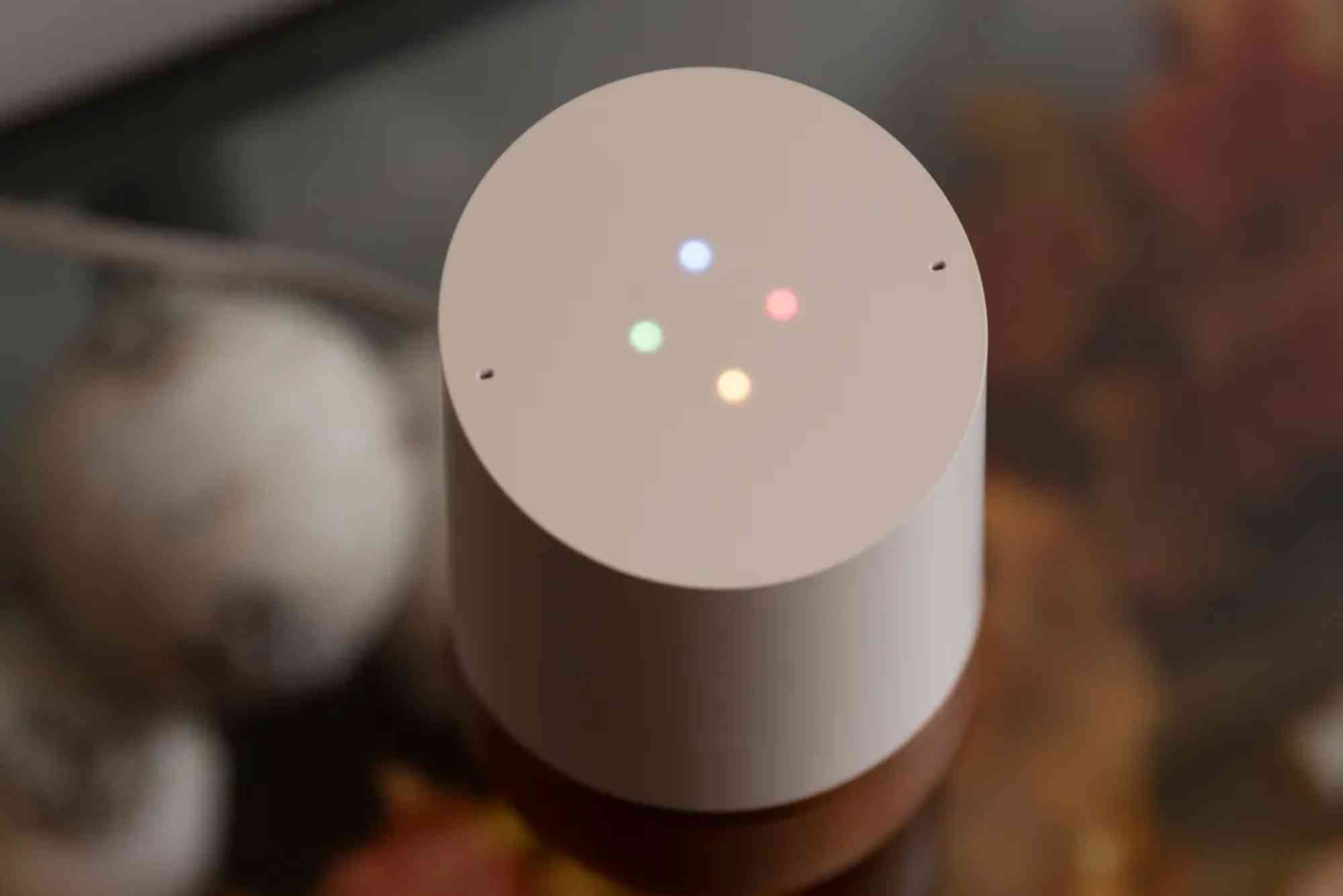How to Handle Compatibility Issues Among IoT Devices
The Internet of Things (IoT) has transformed how people live and work. From smart speakers and connected thermostats to industrial sensors and security cameras, IoT devices create convenience and efficiency. Yet, one of the most common challenges users face is IoT device compatibility issues. When devices from different brands or protocols fail to work together, the experience becomes frustrating. Understanding why these problems occur and how to solve them is essential for ensuring smooth communication among your devices.
Understanding IoT Device Compatibility Issues
IoT device compatibility issues occur when two or more devices cannot connect, communicate, or function properly together. These issues are not limited to consumers but also affect businesses and industries that rely heavily on IoT solutions. The problem often arises due to differences in communication protocols, software ecosystems, or network limitations.
Compatibility challenges can cause delays, increased costs, or even complete system failures. For instance, imagine buying a smart security camera only to discover it does not integrate with your existing smart hub. This is why knowing how to address these issues is so important.
Why Do IoT Device Compatibility Issues Happen?
Several factors lead to IoT compatibility problems. Some are technical, while others stem from market fragmentation. Here are the most common causes:
Protocol Differences
IoT devices use various communication protocols such as Zigbee, Z-Wave, Wi-Fi, and Bluetooth. If your devices run on different protocols without proper bridging, they may fail to connect.
Proprietary Ecosystems
Many manufacturers create their own ecosystems. A device designed for one platform, like Apple HomeKit, may not easily integrate with Google Home or Amazon Alexa.
Firmware and Software Updates
Outdated software or firmware may prevent devices from communicating. Sometimes, after an update, devices lose compatibility with older systems.
Security Standards
Devices with mismatched security frameworks can refuse to pair for protection purposes. This is especially critical for sensitive IoT applications like healthcare or finance.
Network Constraints
Limited bandwidth, weak Wi-Fi signals, or outdated routers can cause devices to malfunction or drop out of the network.
Steps to Handle IoT Device Compatibility Issues
Dealing with IoT compatibility challenges requires a strategic approach. The following steps can help ensure smoother connectivity.
Research Before Purchase
Before buying a new IoT device, check if it is compatible with your current ecosystem. Manufacturers usually provide lists of supported platforms or integrations.
Use Universal Hubs
Smart hubs act as translators between different protocols. Devices that cannot talk directly to each other may connect through a hub, bridging communication gaps.
Keep Firmware Updated
Regularly updating devices ensures they have the latest compatibility patches. Many companies release updates to expand device support and improve functionality.
Invest in Multi-Protocol Routers
Some routers now support multiple IoT standards. This allows various devices to coexist without interference.
Standardize Your Ecosystem
If possible, stick to one ecosystem—like Alexa, Google Home, or Apple HomeKit. This minimizes cross-compatibility issues and simplifies device management.
Utilize Third-Party Integrations
Services like IFTTT (If This Then That) or Home Assistant allow you to connect devices from different ecosystems, providing creative ways to bypass limitations.
Secure Your Network
Ensure your Wi-Fi is reliable and secure. Weak security settings may block device communication or expose you to risks. A strong foundation improves compatibility.
Seek Professional Assistance
In complex setups, consulting IoT specialists or providers such as Dhanote Internet Services can help. They offer reliable connectivity and technical solutions that reduce compatibility barriers.
Real-World Examples of IoT Compatibility Challenges
In smart homes, users often face problems when combining devices from different brands. For example, a Zigbee-based motion sensor may not connect directly with a Wi-Fi-based smart bulb. Without a hub, automation like “turn on the light when motion is detected” fails.
In industries, factories use IoT sensors from multiple vendors. If one system runs on Modbus and another on MQTT, integration becomes complicated. Without proper middleware, monitoring production lines in real time can be impossible.
Healthcare facilities also struggle with compatibility. Patient monitoring devices, when incompatible with hospital IT systems, delay care delivery. This illustrates why addressing compatibility is not just about convenience but sometimes about saving lives.
The Future of IoT Compatibility
To reduce IoT device compatibility issues, industry leaders are working toward common standards. Matter, a protocol backed by Amazon, Apple, Google, and other major players, aims to make devices interoperable. If widely adopted, Matter could solve many existing challenges.
Artificial intelligence is also playing a role. AI-powered platforms can automatically detect compatibility issues and suggest solutions, further simplifying IoT integration.
Best Practices for Avoiding IoT Compatibility Issues
Instead of waiting until problems arise, adopting best practices can help prevent them altogether.
Build a Compatibility Checklist
Before purchasing, confirm device compatibility, supported protocols, and integration with your chosen ecosystem.
Plan for Scalability
Choose devices and systems that can adapt as your IoT network grows. Short-term savings on incompatible devices may cost more in the long run.
Prioritize Security
When securing your IoT setup, remember that some devices may stop working if security settings are inconsistent. Unified security standards reduce risks.
Monitor Network Performance
Poor connectivity often appears as a compatibility issue. Regularly check network strength and bandwidth availability.
Making IoT Devices Work Seamlessly
IoT devices promise comfort, efficiency, and automation. However, IoT device compatibility issues often disrupt this promise. By understanding the causes, applying best practices, and using tools like hubs and integrations, you can overcome these challenges. The future looks brighter with emerging standards such as Matter, but careful planning remains essential.
If you are struggling with compatibility or need expert guidance, consider reaching out to trusted providers like Dhanote Internet Services. They can help you build a reliable IoT ecosystem tailored to your needs.
FAQs
Why are my IoT devices not working together?
Most likely, they use different communication protocols or ecosystems. Using a hub or integration service can resolve this.
How do I make incompatible IoT devices work together?
You can connect them through a smart hub, multi-protocol router, or third-party platforms like IFTTT.
Do all IoT devices work with Wi-Fi?
No. While many IoT devices use Wi-Fi, others rely on Zigbee, Z-Wave, or Bluetooth. Understanding protocol differences is crucial.
Can outdated firmware cause compatibility problems?
Yes. Outdated firmware may prevent new devices from pairing or limit integration. Always update devices regularly.
What is the role of Matter in IoT compatibility?
Matter is an emerging protocol designed to standardize IoT communication. It aims to ensure seamless device integration across brands.

